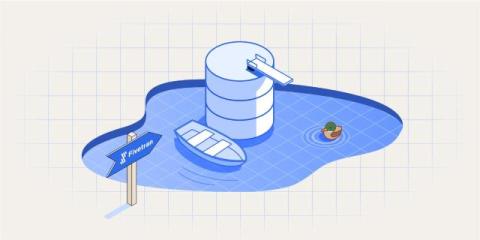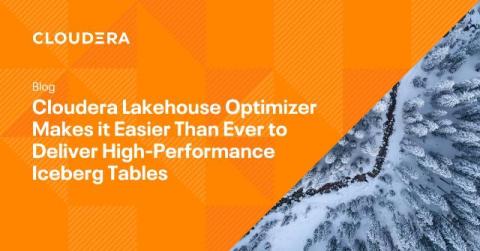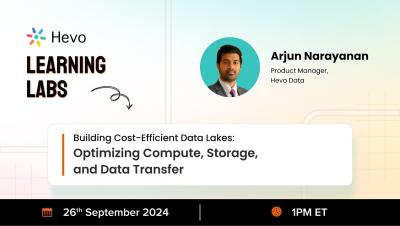Supercharging Data Lakes: GenAI & Snowflake Advantage
In today’s GenAI-driven world, having the right data foundation is essential to unlock the full potential of AI. Traditional on-premise data lakes often fall short in scalability and agility, while even many cloud-based solutions struggle with reliability, performance, and governance. Join Ruchi Soni in this webinar to explore how Snowflake is democratizing access to data and intelligence with AI and large language models (LLMs).










